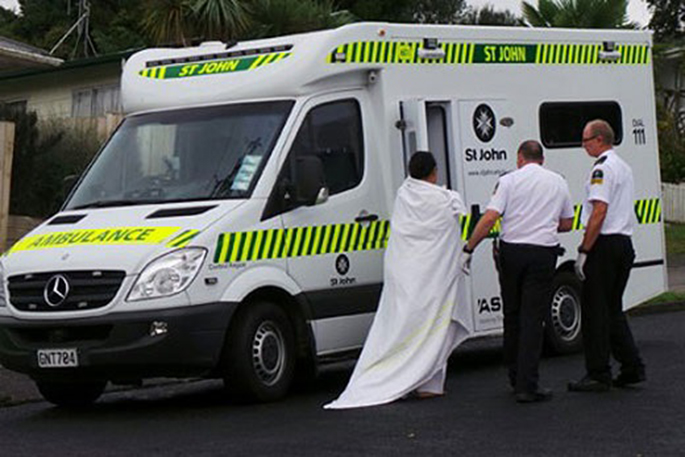With the cold snap of freezing conditions, St Johns say, they expect a significant increase in emergency calls outs.
July and August traditionally are the busiest months for St John, however, emergency ambulance responses are likely to increase from an average of 1,170 incidents a day to 1,333 a day.
St John clinical operations director Norma Lane says despite the busier workload, St John is prepared with extra resourcing and deployment planning.
'Our St John Clinical Control Centres are constantly monitoring our resources and managing our capability through the busiest time of year with extra resourcing placed where the need is greatest.”
Norma says St John receive about 10 per cent more emergency ambulance incidents nationally during the colder months.
'Last week St John had an average of 1,373 incidents a day, the busiest week in our history.”
The largest incidents that St John typically attend to during the winter season are influenza type symptoms and respiratory conditions.
Nationally, 111 emergency calls for an ambulance have increased by 8 per cent compared to June 2016.
The increase has seen 6 per cent more emergency calls for an ambulance in Northland, 9 per cent in the Waikato area and a 12 per cent increase in the greater Auckland region.
Winter sports injuries and winter holiday activities like skiing have also contributed to the increase in calls.
Norma says people need to be more cautious during the cold weather and should visit the local GP for non-urgent health concerns.
'Please dress warmly, drive to the conditions, make welfare checks on elderly neighbours and make sure your regular prescriptions are filled.”



0 comments
Leave a Comment
You must be logged in to make a comment.